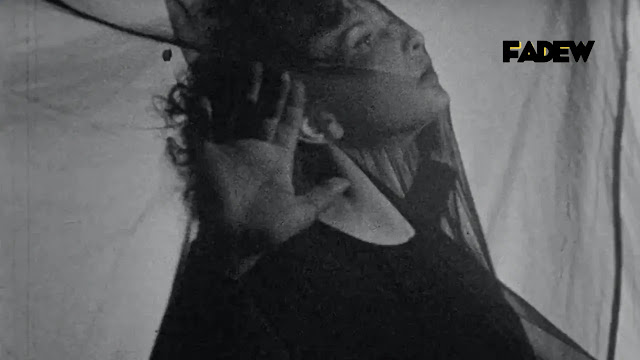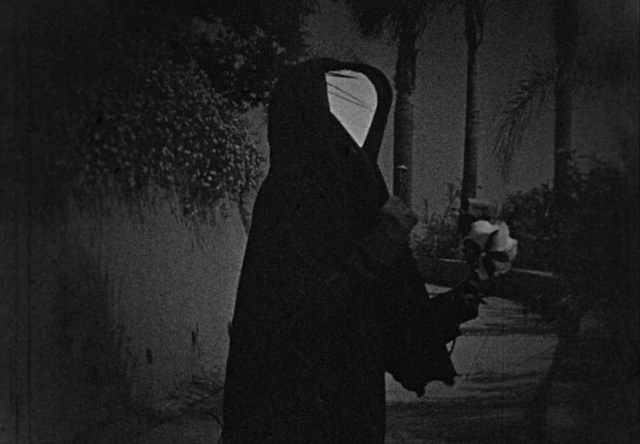Maya Deren's groundbreaking 1943 short film "Meshes of the Afternoon" is considered a seminal work of avant-garde cinema that remains disturbingly resonant to this day. As both writer and star, Deren crafted an abstract experimental narrative that navigates the unconscious like no other film before it.
Clocking in at just over 14 mesmerizing minutes, "Meshes" lures viewers into a surreal dreamscape through a series of enigmatic, looping images and events almost devoid of traditional plot or characterization. Deren invites audiences to immerse themselves in her oneiric visions and extract personal interpretations from the fragments she presents. Without clear exposition or resolution, the dreamer is left to piece together recurring symbols and develop their understanding of what's occurring within the protagonist's psyche.
From the onset, with a mysterious cloaked figure discovering dual versions of herself in a garden, an atmosphere of unease and uncertainty is established. Deren imbues every surreal occurrence with a haunting mystery that provokes endless contemplation. Recurring motifs like keys representing control and mirrors reflecting interior crises take on layered symbolic significance.
Throughout "Meshes," Deren populates her dreamscape with uncanny strangers wearing masks that epitomize the dual, contradictory forces within us all. They appear alternately enticing and menacing as unconscious urges manifest in physical form. Their presence underscores the film's exploration of identity, sexuality, and power dynamics in a patriarchal society still coming to terms with feminist ideals.
Decades later, "Meshes of the Afternoon" has lost none of its haunting potency. It remains one of the purest cinematic depictions of the psyche's landscapes, a subversively feminist dream diary probing identity's complexities with mesmerizing visual poetry. Though brevity leaves viewers craving more mastery, Deren accomplished her mission to give audiences a glimpse into her inner world through surreal symbolism that has endured for nearly 80 years.





0 Comments
Some comments may go through moderation before appearing and are subject to our community guidelines, which can be viewed here. NB: All times are in Pacific Standard Time (PST).